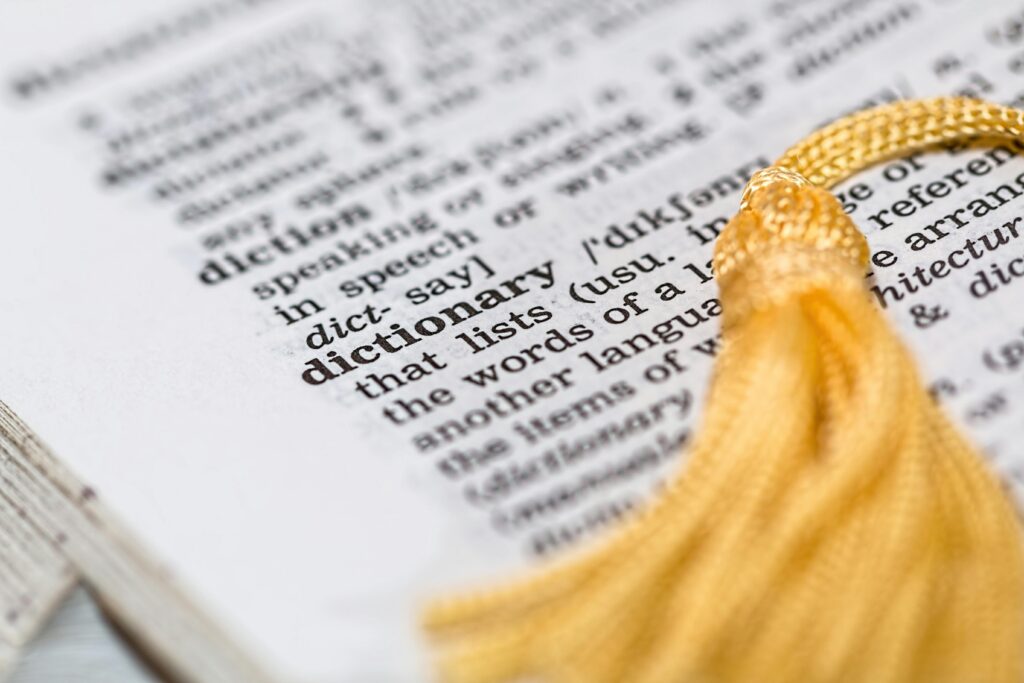In the realm of language, words carry more than just their literal meanings; they evoke emotions, associations, and cultural nuances. This phenomenon is known as connotation. Understanding connotation is essential for effective communication, as it influences how messages are perceived and interpreted.
What Is Connotation?
Connotation refers to the array of emotions and ideas associated with a word, beyond its literal definition. While the denotation of a word is its explicit, dictionary meaning, connotation encompasses the subjective and cultural nuances that words carry.
Connotation vs. Denotation
To illustrate the difference between connotation and denotation, consider the word “home.” Its denotation is a place where one lives. However, its connotation might include feelings of warmth, security, and family. Conversely, “house” has a similar denotation but lacks the emotional depth associated with “home.”
Types of Connotation
Connotations can be categorized into three types:
Positive Connotation
Words with positive connotations evoke favorable emotions. For example:
- Youthful: Suggests energy and vitality.
- Frugal: Implies careful and efficient use of resources.
Negative Connotation
Words with negative connotations elicit unfavorable feelings. For instance:
- Childish: Implies immaturity.
- Cheap: Suggests low quality.
Neutral Connotation
Some words are neutral, carrying no strong emotional associations. Examples include:
- Table: A piece of furniture.
- Notebook: A collection of pages for writing.
Examples of Connotation in Language
Understanding connotation is crucial in various contexts, from everyday conversations to literature and media. Here are some examples:
- Stench vs. Aroma: Both refer to smells, but “stench” has a negative connotation, while “aroma” is positive.
- Assertive vs. Bossy: “Assertive” suggests confidence, whereas “bossy” implies overbearing behavior.
- Economical vs. Cheap: “Economical” denotes cost-effectiveness, while “cheap” can imply low quality.
Connotation in Literature and Media
Authors and media professionals often use connotation to convey deeper meanings and evoke specific emotions. For example, in F. Scott Fitzgerald’s “The Great Gatsby,” the green light symbolizes Gatsby’s hopes and dreams, carrying connotations of envy and desire.
Common Questions About Connotation
How does connotation affect communication?
Connotation influences the emotional response of the audience. Choosing words with appropriate connotations ensures the intended message is conveyed effectively.
Can a word have different connotations in different cultures?
Yes, cultural differences can lead to varying connotations for the same word. It’s essential to be aware of these differences to avoid miscommunication.
How can I identify the connotation of a word?
Consider the emotions and associations the word evokes. Context, tone, and cultural background play significant roles in determining connotation.
Conclusion
Mastering the use of connotation enhances both written and spoken communication. By selecting words with appropriate connotations, you can convey messages more effectively and resonate with your audience on a deeper level.
For further reading on connotation and its applications, consider exploring resources such as LiteraryTerms.net and ThoughtCo.


